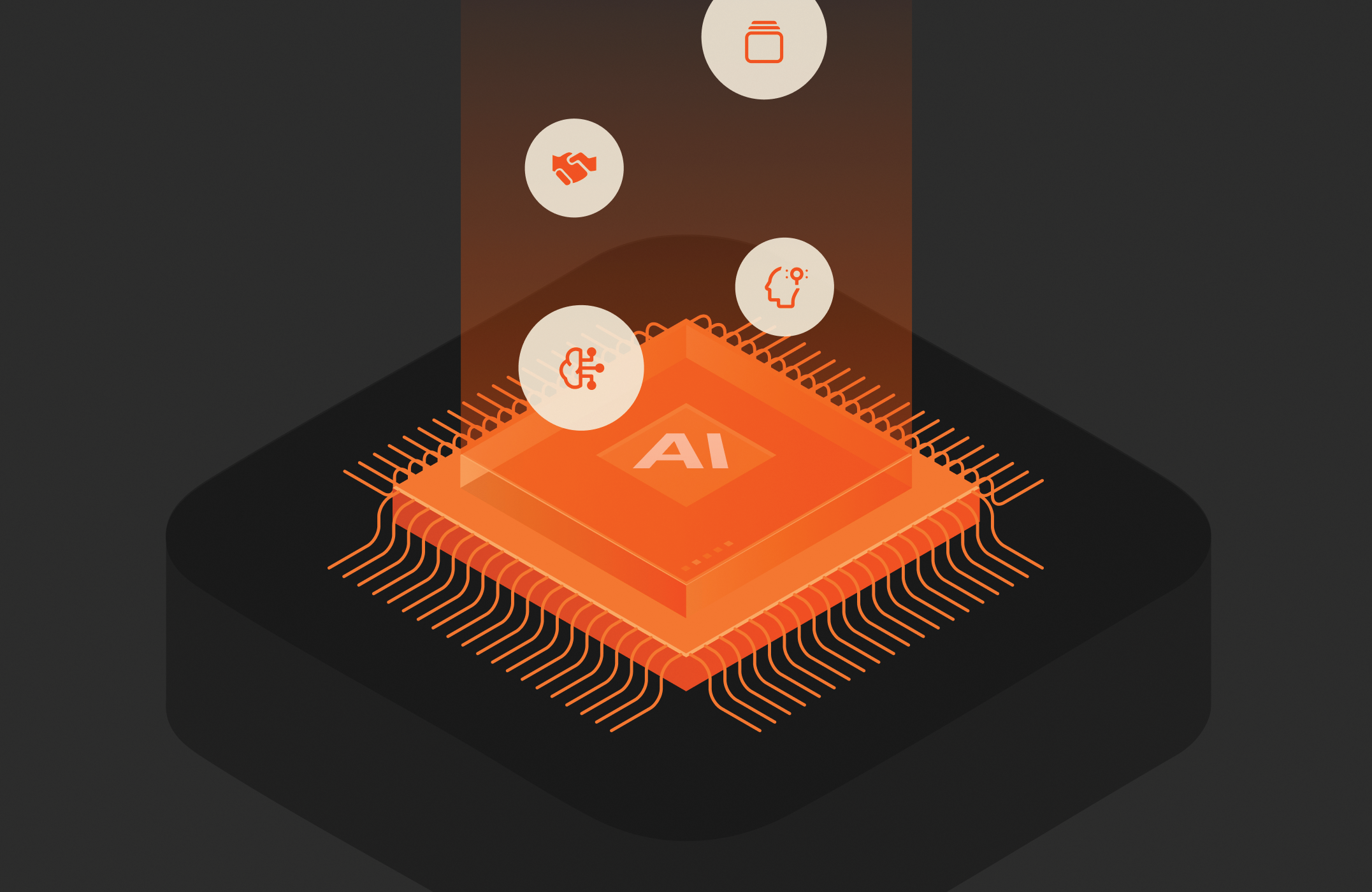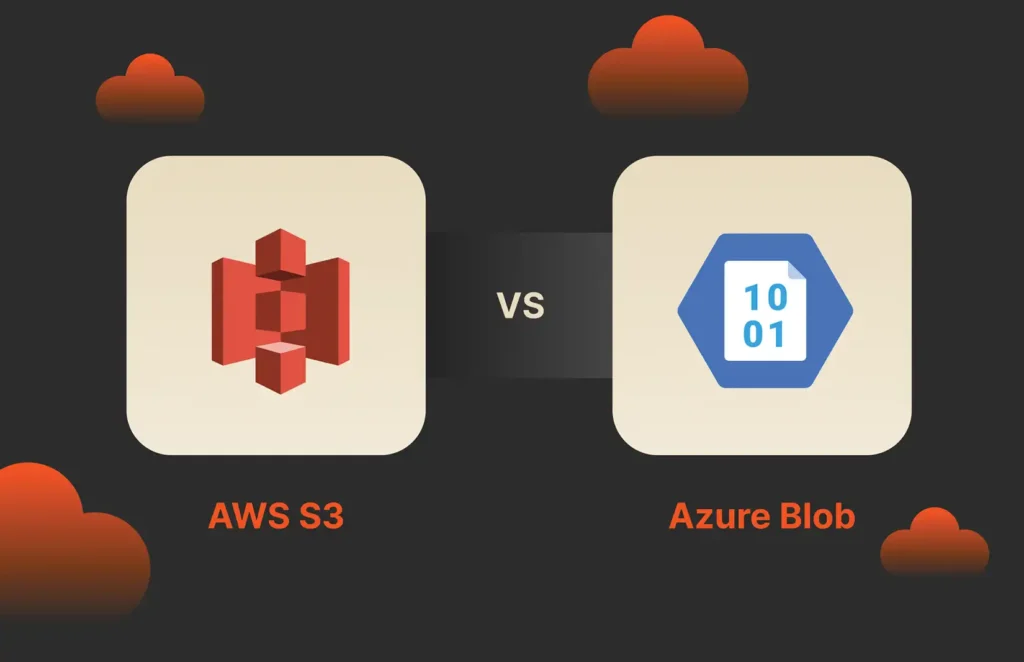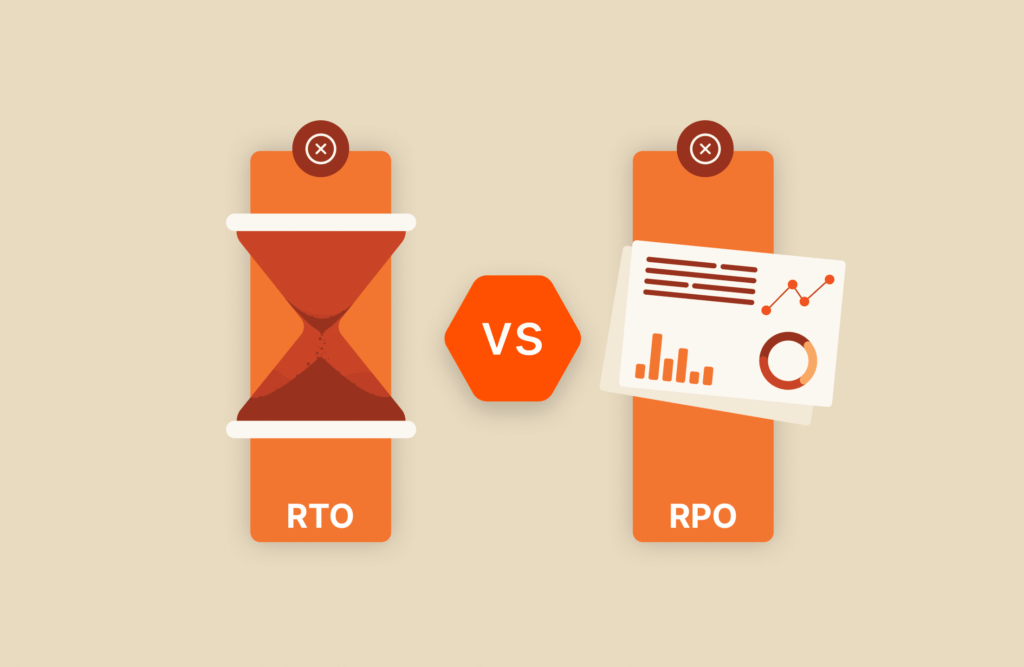Summary
From general AI to super AI, the success of any AI endeavor hinges on fast and reliable access to data. Pure Storage delivers real-time, low-latency pipelines for continuous operation, enabling organizations to turn AI theory into tangible business results.
Artificial intelligence (AI) is only as effective as the data it runs on—and increasingly, that means it’s only as fast, scalable, and efficient as your storage infrastructure. From training models to serving real-time predictions, AI workloads are reshaping enterprise data demands. In this primer, we’ll explore the different types of AI, how they function, and why the right infrastructure—like that provided by Pure Storage—makes all the difference in transforming AI theory into tangible business results.
AI by Capability: Narrow, General, and Super AI
AI can be classified based on how advanced and adaptable its capabilities are. This spectrum ranges from today’s highly specialized systems to futuristic concepts of machine consciousness and superintelligence.
| AI Type | Key Characteristics | Storage Needs | Pure Storage Advantage |
| Narrow AI | Task-specific, data-driven | Fast, real-time access | Low-latency pipelines |
| General AI | Human-like adaptability (theoretical) | Scalable, high capacity | Predictable scalability, resilience |
| Super AI | Surpasses human intelligence (hypothetical) | Future-proof, massive scale | Infrastructure for growth, governance |
Narrow AI
Narrow AI, also known as weak AI, refers to systems designed to perform specific tasks extremely well within a limited scope. Examples include voice assistants like Siri and Alexa or the recommendation engines that drive content suggestions on platforms like Netflix and Spotify. These applications, while narrow in function, rely heavily on machine learning models trained on large, domain-specific data sets. Although they don’t possess true understanding or adaptability, they’ve proven invaluable in reducing manual effort, increasing personalization, and streamlining operations. For these systems to work efficiently, they require fast and reliable access to data—which is precisely where Pure Storage comes into play, offering real-time, low-latency pipelines for continuous operation.
General AI
General AI, sometimes called strong AI, is a theoretical model of artificial intelligence that would replicate the full range of human cognitive abilities. This type of AI would be capable of learning, reasoning, and adapting across a wide variety of domains without the need for retraining. While no such system currently exists, the aspiration for general AI has inspired significant investments in experimental machine learning and deep learning models. Enterprises looking to explore these frontiers need infrastructure that supports large-scale experimentation with predictable scalability. Pure Storage provides the necessary performance and resilience to fuel these exploratory efforts with minimal operational complexity.
Super AI
Super AI, or artificial superintelligence, pushes the concept even further. This hypothetical form of AI would not only replicate human intelligence but exceed it in every measurable way—from creativity and logic to emotional understanding and strategic foresight. Fictional characters like HAL 9000 or J.A.R.V.I.S. represent this concept. Though it remains a topic of theoretical debate, the possibility of such intelligence underscores the need for ethical frameworks, governance models, and future-ready infrastructure. Even as the industry works toward more grounded AI goals, the rapid acceleration in model size and complexity suggests that organizations should begin investing in storage systems that can scale along with these ambitions.
AI by Functionality: From Reactive to Self-aware Systems
Functional categories of AI describe how systems interact with data and the world around them, with increasing complexity and autonomy.
Reactive Machines
Reactive machines represent the simplest form of AI, designed to respond to specific inputs with predetermined outputs. These systems operate without memory or the ability to learn from previous interactions. IBM’s Deep Blue chess computer is a well-known example. It could evaluate countless possible moves in real time but had no awareness of past games. These systems shine in deterministic environments and benefit significantly from high IOPS and low-latency access to streaming data.
Limited Memory
Limited memory AI builds upon this foundation by incorporating past data to inform current decision-making. Unlike reactive systems, these models can adapt over time using short-term memory and iterative feedback. Most contemporary AI implementations, from autonomous vehicles to personalized e-commerce recommendations, fall under this category. These systems process vast streams of historical and real-time data and therefore require highly performant storage systems. Pure Storage enables such functionality with its ability to scale seamlessly and deliver instant data access across environments.
Theory of Mind AI
Theory of mind AI is a conceptual category envisioning machines capable of understanding and responding to human emotions and social behavior. It expands AI’s role from task execution to empathetic interaction. Though not yet realized, this refers to machines that could understand human emotions, beliefs, and intentions. Such systems would theoretically be capable of interpreting social cues and predicting behavior, paving the way for empathetic AI capable of adjusting its responses based on human needs. While still conceptual, the infrastructure needed for such advancements must be flexible and powerful enough to support complex data modeling and real-time adaptation.
Self-aware AI
Self-aware AI represents the most advanced hypothetical form of AI. Self-aware AI is a speculative concept in which machines possess consciousness, self-reflection, and a sense of identity. This level of AI would not only respond and adapt but also introspect and understand its own existence. While the field is far from creating such systems, conversations around self-aware AI push forward important considerations about long-term ethical practices, regulatory preparedness, and infrastructure resilience.
AI Methodologies Driving Enterprise Innovation
Understanding how AI systems learn and evolve helps businesses choose the right tools and frameworks for different use cases. These methodologies are the engines powering real-world enterprise applications.
Symbolic AI
Symbolic AI represents one of the earliest forms of artificial intelligence. It relies on explicitly defined rules, logical structures, and knowledge representations to emulate human decision-making. This approach remains useful in environments that demand transparency and predictability, such as financial services, regulatory compliance, and healthcare diagnostics. While less flexible than modern methods, symbolic AI remains valuable when auditability and traceability are non-negotiable requirements.
Machine Learning
Machine learning allows systems to learn from data without being explicitly programmed. It underpins many of today’s most effective AI applications. Machine learning emphasizes data-driven learning. It allows algorithms to detect patterns, make decisions, and improve over time without explicit programming. This methodology encompasses supervised learning, where models learn from labeled data sets; unsupervised learning, where patterns are identified in unlabeled data; and reinforcement learning, where actions are optimized through feedback mechanisms. Machine learning applications are widespread across industries. Retailers leverage it to power personalized recommendations and demand forecasts, manufacturers use it to anticipate equipment failures and refine quality control, and financial institutions employ it to detect anomalies and mitigate fraud. These models require high-speed access to large volumes of training data—a challenge that Pure Storage meets through its high-throughput, low-latency storage solutions.
Neural Networks
Neural networks, often referred to as connectionist AI, are inspired by the structure of the human brain. These networks of artificial neurons excel at recognizing complex patterns in unstructured data such as images, voice, and text. They form the foundation for natural language processing systems like chatbots and translation engines, as well as image recognition tools used in manufacturing and security. Deep learning models, such as convolutional and recurrent neural networks, thrive on massive data sets and computational power—requirements well-served by Pure Storage® FlashBlade® and AIRI®.
Evolutionary Algorithms
Evolutionary algorithms take inspiration from biological evolution, using processes like mutation, crossover, and natural selection to find optimal solutions to complex, multivariable problems. These methods have shown success in areas ranging from logistics route optimization and production scheduling to novel product design and disease diagnosis. Because these solutions involve continuous refinement through multiple iterations, they benefit from a storage backend capable of handling frequent writes and heavy computational workloads. The scalable architecture of Pure Storage ensures that such iterative processes are never bottlenecked by infrastructure.
Real-world AI Applications That Drive Cost Optimization
The true value of AI is revealed through real-world applications that deliver measurable cost savings, operational efficiency, and competitive advantage across industries.
Predictive Analytics
Predictive analytics enables companies to anticipate future outcomes by analyzing historical data, making it easier to plan and optimize operations. Translating AI theory into business impact often comes down to how well an organization applies AI to everyday operational problems. Predictive analytics is a clear example of this, helping companies anticipate everything from customer churn to machine breakdowns. Retailers use predictive models to fine-tune inventory, minimizing both stockouts and overstocking. In manufacturing, predictive maintenance helps avoid unexpected equipment failures, reducing downtime and improving resource allocation. In financial services, AI models trained on transaction data can identify and prevent fraud, often saving institutions millions of dollars annually.
Robotic Process Automation (RPA)
RPA automates routine, repetitive business tasks, freeing up human resources for more strategic work and reducing costs. RPA allows businesses to automate high-volume, repetitive tasks such as data entry, invoice processing, and compliance checks. Banks have used it to streamline legal document review, reducing processing time from weeks to hours. Healthcare providers have implemented bots to simplify scheduling and insurance claims, while logistics firms rely on automation to track shipments and manage customs documentation.
Natural Language Processing (NLP)
NLP enables machines to understand and interact with human language, improving customer service, personalization, and global communication. It unlocks new efficiencies in customer engagement. AI-powered chatbots are increasingly capable of handling customer service inquiries with high accuracy, freeing up human agents for complex cases. Retailers and banks use NLP to personalize digital experiences and process multilingual requests without requiring vast human translation teams. These technologies translate directly into reduced overhead, faster support resolution, and improved satisfaction.
Computer Vision
Computer vision allows AI to interpret and respond to visual inputs, transforming industries through automation and precision. In manufacturing, AI systems use cameras and image recognition to identify defects in real time, drastically reducing recall costs. In retail, autonomous robots scan shelves to ensure optimal stock levels. In agriculture, visual data analysis enables precise application of fertilizers and pesticides, cutting down on waste and maximizing yield. These applications depend on continuous, high-speed data ingestion and processing—capabilities that Pure Storage delivers at enterprise scale.
Why Pure Storage for AI?
AI is transforming business, but only if your data can keep up. Pure Storage enables organizations to train models faster with high-throughput FlashBlade data storage and run inference at scale through AIRI, an NVIDIA DGX BasePOD-certified, full-stack solution. As model sizes increase and new use cases emerge, Pure Storage provides a foundation that scales with your needs—helping you move from experimentation to production without infrastructure limits.Whether you’re just beginning your AI journey or optimizing mature pipelines, Pure Storage offers the performance, simplicity, and future-readiness to keep your business ahead of the curve.
Learn more about Pure Storage AI solutions.

FlashBlade//EXA
Experience the World’s Most Powerful Data Storage Platform for AI
Fuel AI Success
Learn more about the world’s most powerful data storage platform for AI.






